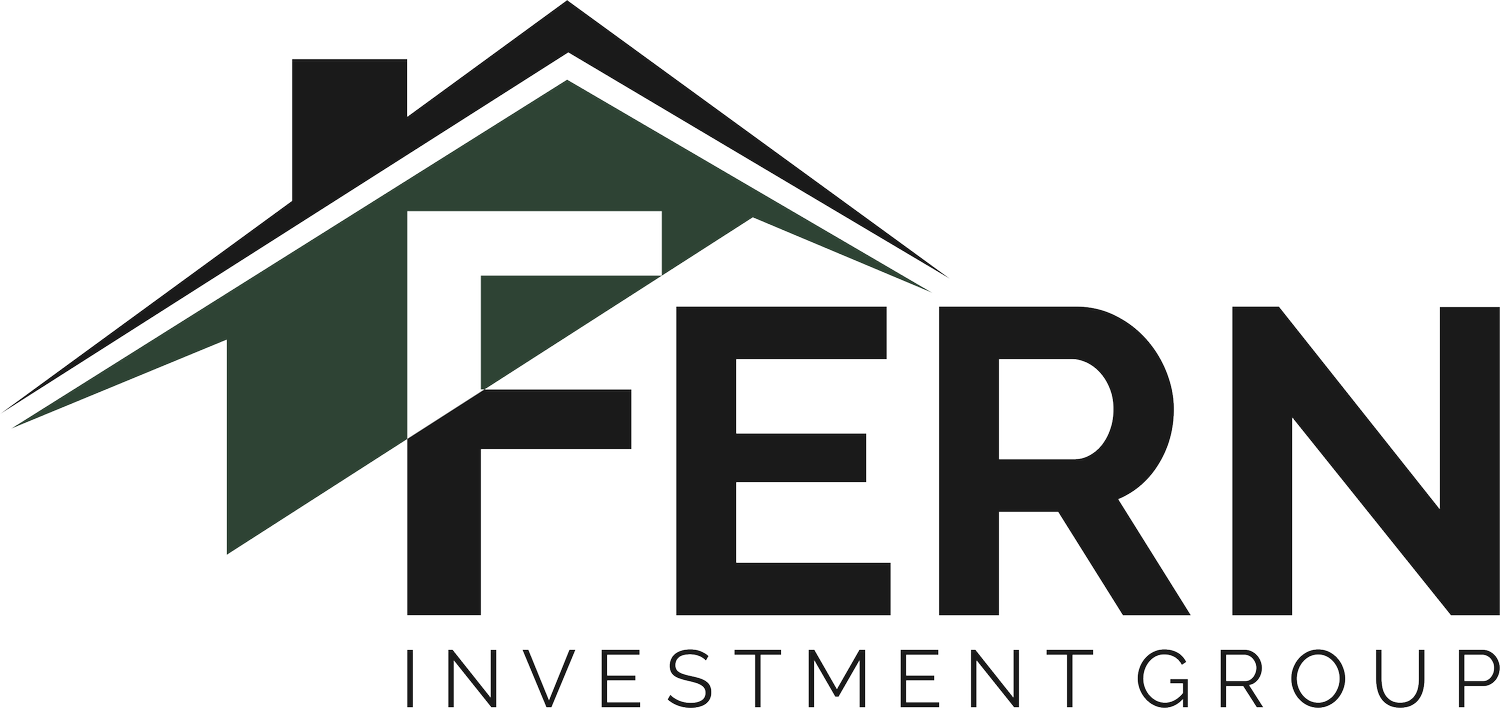Creating Profitable Rental Properties: A Guide for Property Developers and Landlords
Rental properties can be a lucrative investment for property developers and landlords. However, creating profitable rental properties requires strategic planning, market research, and effective management. In this guide, we will explore key strategies for property developers and landlords to maximize their returns on rental property investments.
Research and Choose the Right Location
The location of your rental property is a crucial factor in its profitability. Conduct thorough market research to identify areas with strong rental demand, stable property values, and attractive yields. Consider factors such as employment opportunities, local amenities, transport links, and school catchment zones when evaluating potential locations. By selecting the right location, you can ensure consistent rental income and strong capital growth over time.
Optimize Property Design and Layout
As a property developer, you have the unique opportunity to create rental properties tailored to the needs of your target market. By incorporating the right features, amenities, and durable, cost-effective fixtures designed with tenants in mind, you can build the ideal rental property that appeals to a wide range of tenants. Consider open-plan living spaces, energy-efficient designs, ample storage solutions, and low-maintenance materials to maximize the property's appeal. By optimizing the property's design and layout with a focus on both aesthetics and practicality, you can attract quality tenants and command higher rental rates while minimizing maintenance costs.
Focus on Property Management
Effective property management is essential for maximizing the profitability of your rental properties. Implement systems and processes to manage tenant screening, rent collection, maintenance, and repairs efficiently. Regular property inspections and prompt attention to maintenance issues can help preserve the property's condition and value. By providing exceptional property management, you can minimize vacancies, maintain positive tenant relationships, and protect your investment.
Set Competitive Rental Rates
Setting the right rental rate for your property is crucial for achieving strong rental returns. Research local market conditions and comparable properties to determine a competitive rental rate that balances tenant affordability with your desired return on investment. Regularly review your rental rates to ensure they remain in line with market trends and adjust them as needed to maximize your rental income.
Invest in Property Upgrades and Improvements
Strategic property upgrades and improvements can enhance the value and desirability of your rental property, allowing you to command higher rental rates and attract quality tenants. Focus on improvements that add value and appeal to your target tenant demographic, such as kitchen and bathroom renovations, energy-efficient upgrades, and outdoor living spaces. By investing in value-adding improvements, you can increase your rental income and boost the property's long-term capital growth.
Leverage Tax Benefits and Incentives
Understanding and leveraging tax benefits and incentives available to property investors can significantly impact your rental property's profitability. These may include deductions for mortgage interest, property taxes, maintenance and repairs, and depreciation. Consult with a tax professional to ensure you are maximizing the tax benefits available to you as a property developer or landlord.
Monitor Market Trends and Adjust Your Strategy
The rental property market is constantly evolving, and successful property developers and landlords must adapt their strategies to remain competitive. Stay informed about local market trends, regulatory changes, and emerging tenant preferences to adjust your property investment and management strategies as needed. By staying agile and responsive to market conditions, you can maintain your rental property's profitability and position yourself for long-term success.
Sell or Retain: Weighing the Options
Once you've built the ideal rental property, decide whether to sell it for a profit or retain it as a long-term investment. This decision will depend on factors such as your financial goals, market conditions, and the property's potential for capital growth and rental income. If you choose to sell, a well-designed rental property can attract premium buyers, allowing you to capitalize on your investment. Alternatively, retaining the property can generate a consistent rental income and potential long-term capital gains, contributing to a diversified property portfolio, and positively impacting the lives of your tenants and the communities you serve.
Conclusion
Creating profitable rental properties is a rewarding endeavor for property developers and landlords alike. By understanding your market, choosing the right location, designing and building properties that cater to your target market, effectively managing your rental properties, setting appropriate rent prices, and staying informed about market trends, you can generate a steady stream of income and long-term wealth.
Moreover, by making strategic decisions about whether to sell or retain your ideal rental property, you can optimize your investment strategy based on your financial goals and market conditions. With the right approach and commitment, you can cultivate a successful portfolio of rental properties that not only provide a substantial return on investment but also positively impact the lives of your tenants and the communities you serve.

